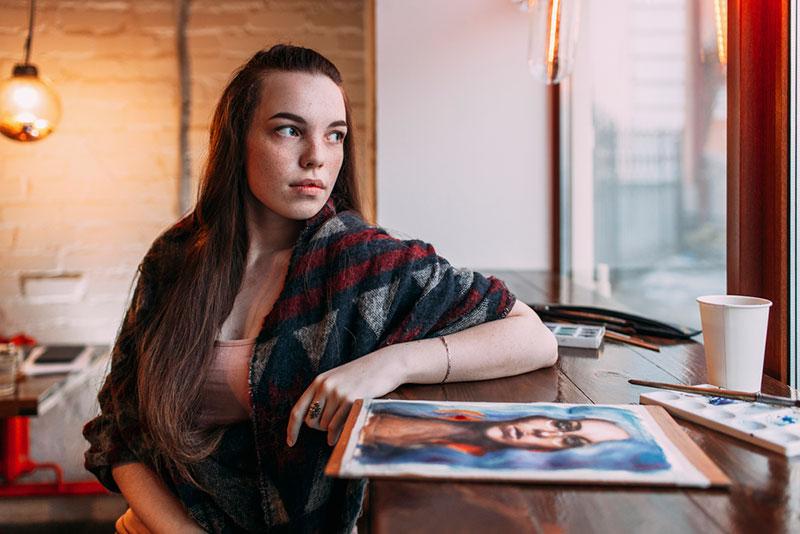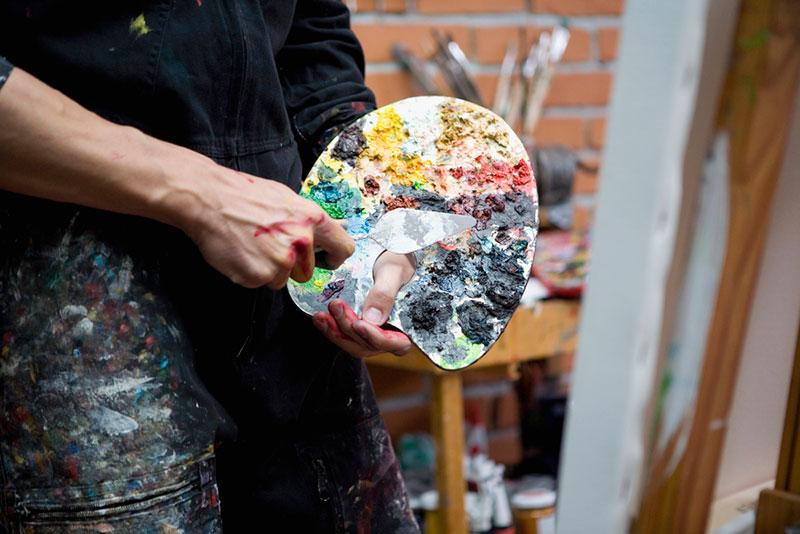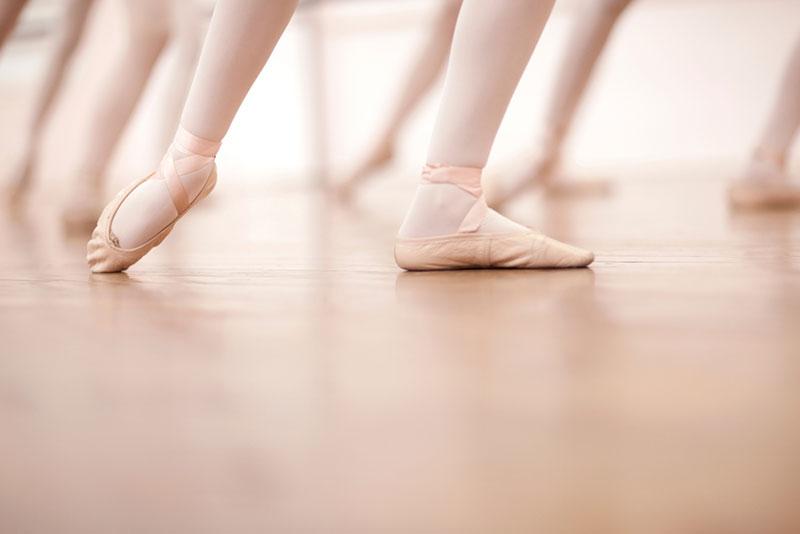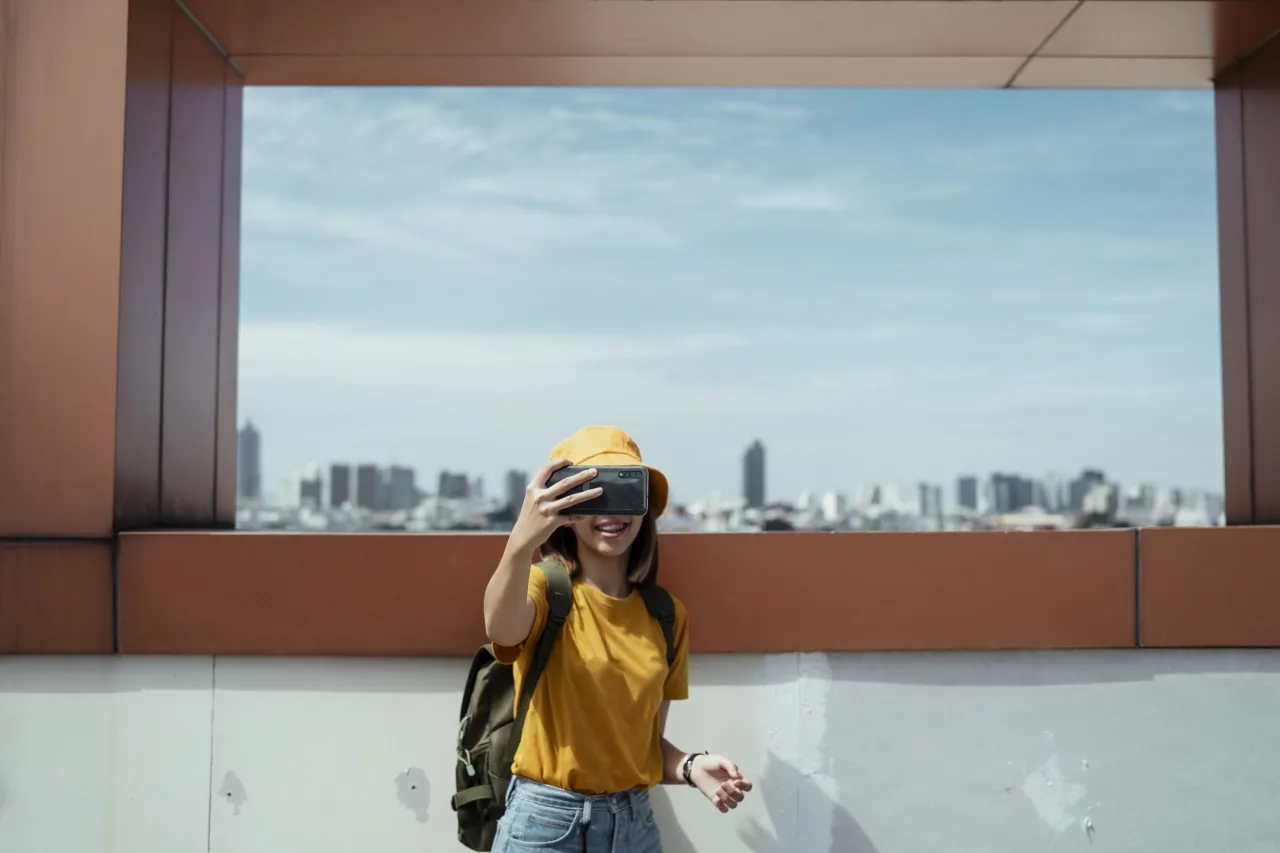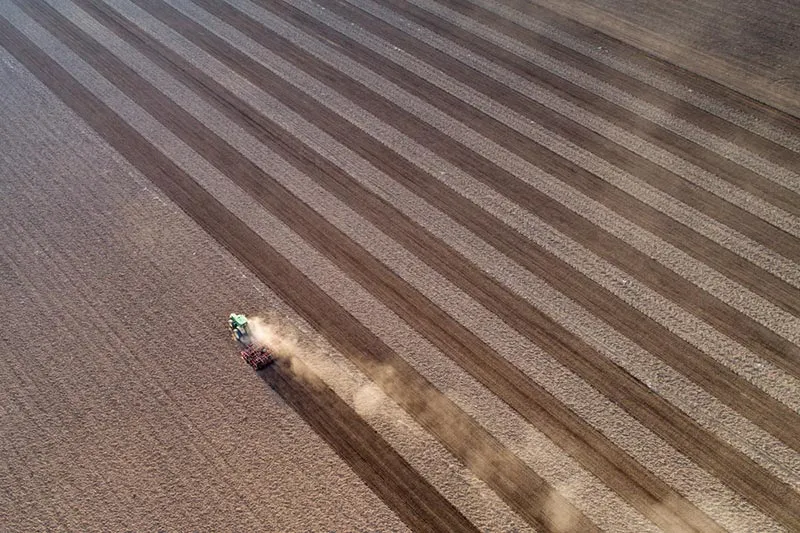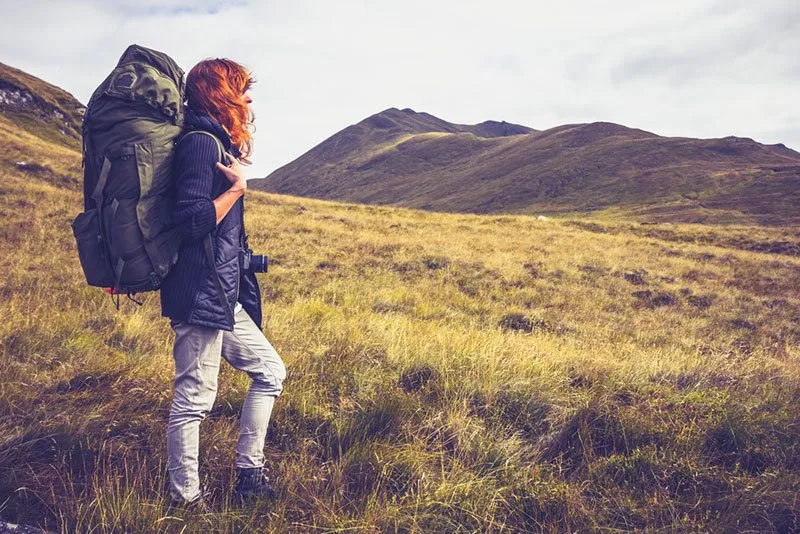Dealing With Distracting Backgrounds in Photography
Photography backgrounds are very important since they add different elements to a photo. As you strive to choose the right camera and lens, you need to also think about the background that will be right for your snapshot. Backgrounds come in different forms, colors, materials and sizes. There are also ordinary, digital, fixed and movable backgrounds. Sometimes you may find that your photos do not add to your story, give any valuable information about your settings or even stand out in any way.
Common photography background problems
Photography background problems become an issue mostly when you don’t have a backdrop or off-camera flash and you decide to shoot outdoors. It is common to select a good background only for someone to pop their head, hand or even an object immediately you press the shutter.
This is something that happens a lot and it has the effect of shifting the focal point from the real one.
It is also common to find elements that seem to protrude out of the person’s head or shoulder such that it completely changes the nature of the shot. Sometimes, your background may have strong lines which may compete to make your image busy or clash so that you get an unexpected background.
Dealing with distracting backgrounds in photography is necessary so that you get enhanced photos that are good for either personal or commercial use. The following are some of the ways to do it:
Take an inventory of your surrounding
Every time that an object that doesn’t seem fitting in your photo’s background, it should be a clear reminder that you failed to judge well on what you wanted to include or exclude in your image. In this case, you need to watch out for unsightly images like broken benches, rubbish bins, dead trees, poles and other sticking objects especially directly behind the subject. You should also assess your environment for distracting highlights, busy backgrounds and bright colors.
Move your subject or change the shooting angle
Moving your subject or changing the shooting angle should be the next option if you have assessed your surroundings and still feel that there are a lot of distractions. You may also need to rotate around your subject or simply get high up or down low to either make the ground and the sky your background.
Blur or blow out the background
Sometimes it is hard to avoid distracting backgrounds and it becomes necessary to blur or blow them out. This is done by widening the aperture or using a lens with a long focal length which throws the background out of focus with the depth of field. With this, it will be hard for someone to really make out what is in the background.
Keep it simple or fill the frame
Making your subject stand on a plain wall or an open ground is also a good option to avoid distracting backgrounds. It is also possible to fill the entire frame with your subject and avoid the background altogether.
Create or buy a backdrop
The importance of getting the right background in photography cannot be underestimated and it may be necessary to create or buy a backdrop for in-studio and outdoor photo shoots that require creativity and professional appearances. Places like Denny Manufacturing that you could consider even though you are free to create your own vinyl, paper, muslin or any other background.
In photography, the background has the ability to enhance or destroy the appearance of your photos and you need to control it in order to turn your snapshots into beautiful photos.
